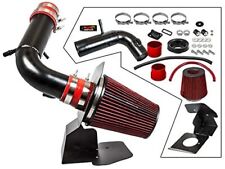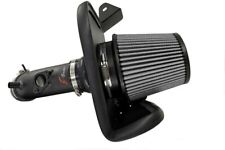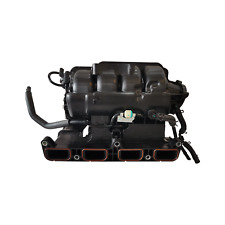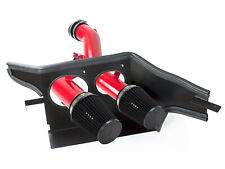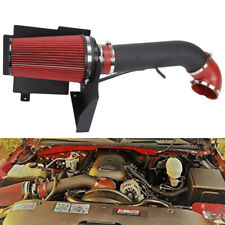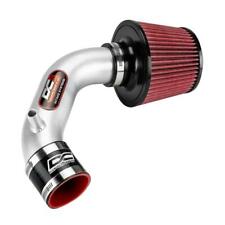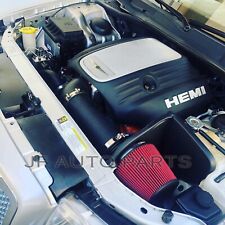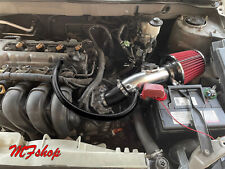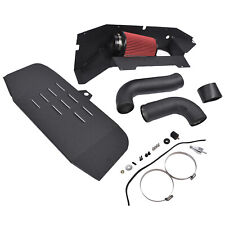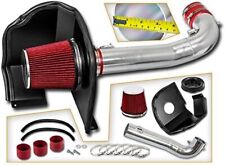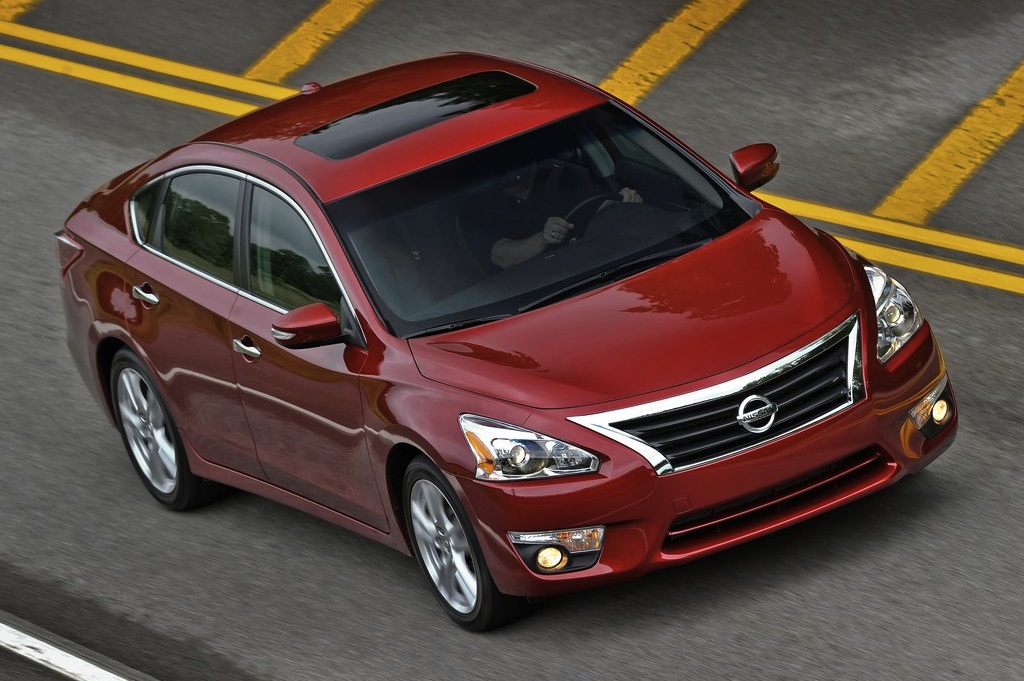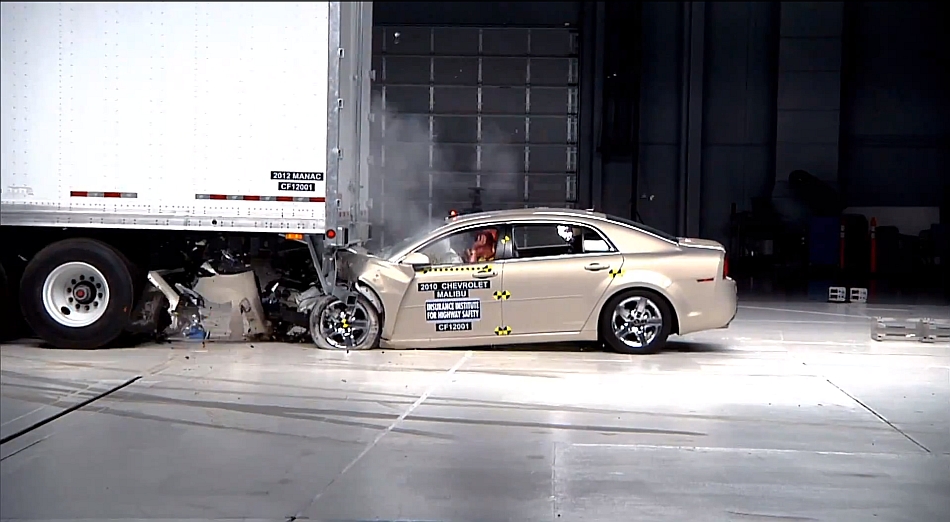IIHS: Underride guards on big rigs often fail in crashes
The Insurance Institute for Highway Safety issued a study recently that said that underride guards on semi-trucks can fail, even at low speeds. Despite a 1996 standard that called for stronger, bigger, and more absorbent guards, not all trucks are even required to have them; most notably, dump trucks.
When hit straight-on, the guards fared better than when hit offset, but in crash tests, performance was all over the map. The IIHS is calling for more stringent standards that will require more trucks to be equipped with the guards, and exempt less trucks from the 1996 standards for strength and absorbency.
“Cars’ front-end structures are designed to manage a tremendous amount of crash energy in a way that minimizes injuries for their occupants,” says Adrian Lund, Institute president. “Hitting the back of a large truck is a game changer. You might be riding in a vehicle that earns top marks in frontal crash tests, but if the truck’s underride guard fails – or isn’t there at all – your chances of walking away from even a relatively low-speed crash aren’t good.
After analyzing a federal database of 1,000 actual crashes from 2001-2003, the institute determined that in the 115 crashes where a passenger vehicle struck the rear of a truck or semi, almost 80% involved underride, with nearly half of the vehicles suffering severe or total damage.
– By: Stephen Calogera



